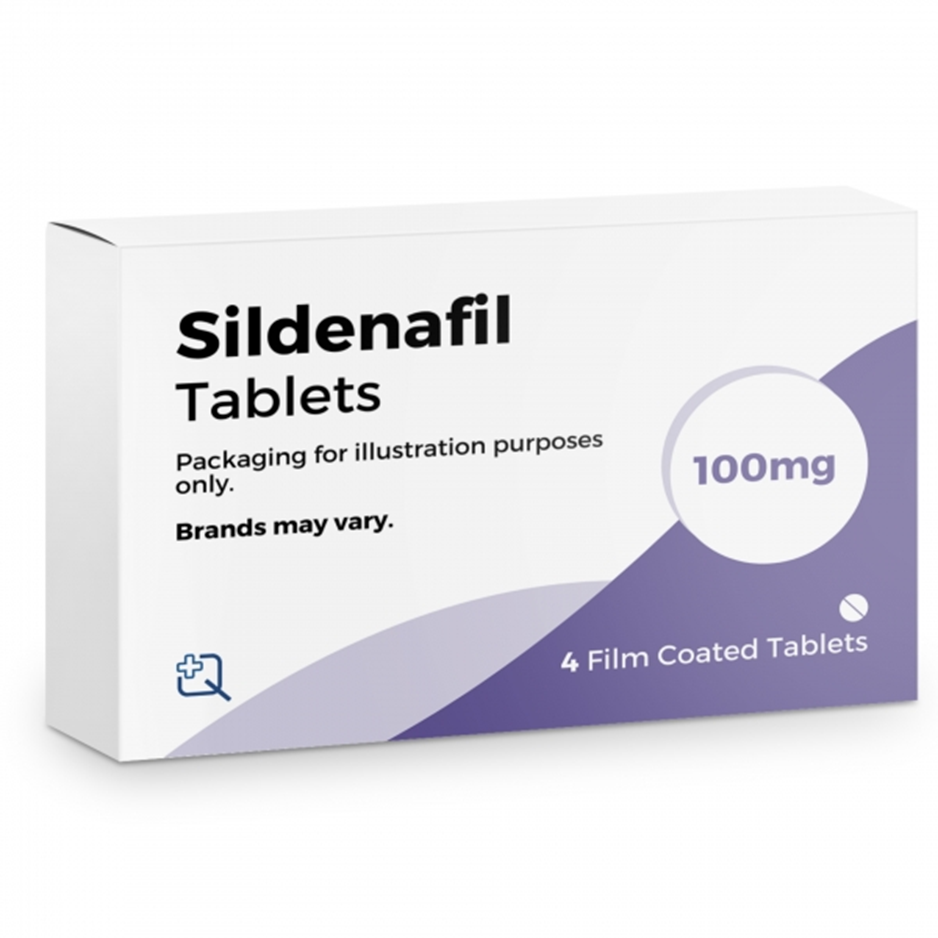A 73-year-old male patient is in the clinic for a yearly physical and is asking for a prescription for sildenafil. He has listed on his health history that he is taking a nitrate for angina. The nurse is aware that which problem may occur if sildenafil is taken with a nitrate?
Reduced effectiveness of the sildenafil
Significant increase in pulse rate
Increased risk of bleeding
Significant decrease in blood pressure
The Correct Answer is D
Choice A reason: This is incorrect because sildenafil and nitrates do not affect each other's effectiveness, but rather their side effects. Sildenafil is a phosphodiesterase-5 inhibitor that enhances the effect of nitric oxide, which causes vasodilation and increases blood flow to the penis. Nitrates are vasodilators that also increase nitric oxide levels and reduce the workload of the heart.
Choice B reason: This is incorrect because sildenafil and nitrates do not cause a significant increase in pulse rate, but rather a decrease. This is because the vasodilation caused by both drugs lowers the blood pressure and the cardiac output, which reduces the heart rate.
Choice C reason: This is incorrect because sildenafil and nitrates do not increase the risk of bleeding, unless they are combined with other drugs that affect the blood clotting process, such as anticoagulants or antiplatelets.
Choice D reason: This is correct because sildenafil and nitrates can cause a significant decrease in blood pressure when taken together, as they both cause vasodilation and increase nitric oxide levels. This can lead to hypotension, dizziness, fainting, or even a heart attack or stroke. The patient should avoid taking sildenafil and nitrates within 24 hours of each other.

Nursing Test Bank
Naxlex Comprehensive Predictor Exams
Related Questions
Correct Answer is D
Explanation
Choice A reason: You should avoid alcohol intake while taking codeine, not limit it to 12 ounces daily. Alcohol can increase the risk of side effects such as drowsiness, dizziness, and respiratory depression.
Choice B reason: You should not expect to experience diarrhea while taking codeine. Codeine can cause constipation, not diarrhea. You should increase your fluid and fiber intake and use laxatives as prescribed to prevent constipation.
Choice C reason: You should not take the medication on an empty stomach to prevent nausea. Codeine can cause nausea and vomiting, especially on an empty stomach. You should take the medication with food or milk to reduce nausea.
Choice D reason: You should change positions slowly while taking codeine. Codeine can cause orthostatic hypotension, which is a sudden drop in blood pressure when you stand up. This can cause dizziness, fainting, and falls. You should change positions slowly and use caution when walking or climbing stairs.
Correct Answer is B
Explanation
Choice A reason: This is incorrect because the patient may not see a response from the medication for at least six months. The patient should continue taking the medication as prescribed and follow up with the provider regularly.
Choice B reason: This is correct because finasteride can cause birth defects in male fetuses if it is absorbed through the skin or ingested by pregnant women. The patient should wear gloves when handling the tablets and avoid contact with crushed or broken tablets.
Choice C reason: This is incorrect because PSA levels will decrease while taking this medication. PSA stands for prostate-specific antigen, which is a marker for prostate cancer. The patient should inform the provider that they are taking finasteride before having a PSA test, as it may affect the results.
Choice D reason: This is incorrect because grapefruit juice does not interact with finasteride. However, the patient should avoid alcohol and other medications that may affect the liver while taking finasteride.

Whether you are a student looking to ace your exams or a practicing nurse seeking to enhance your expertise , our nursing education contents will empower you with the confidence and competence to make a difference in the lives of patients and become a respected leader in the healthcare field.
Visit Naxlex, invest in your future and unlock endless possibilities with our unparalleled nursing education contents today
Report Wrong Answer on the Current Question
Do you disagree with the answer? If yes, what is your expected answer? Explain.
Kindly be descriptive with the issue you are facing.
